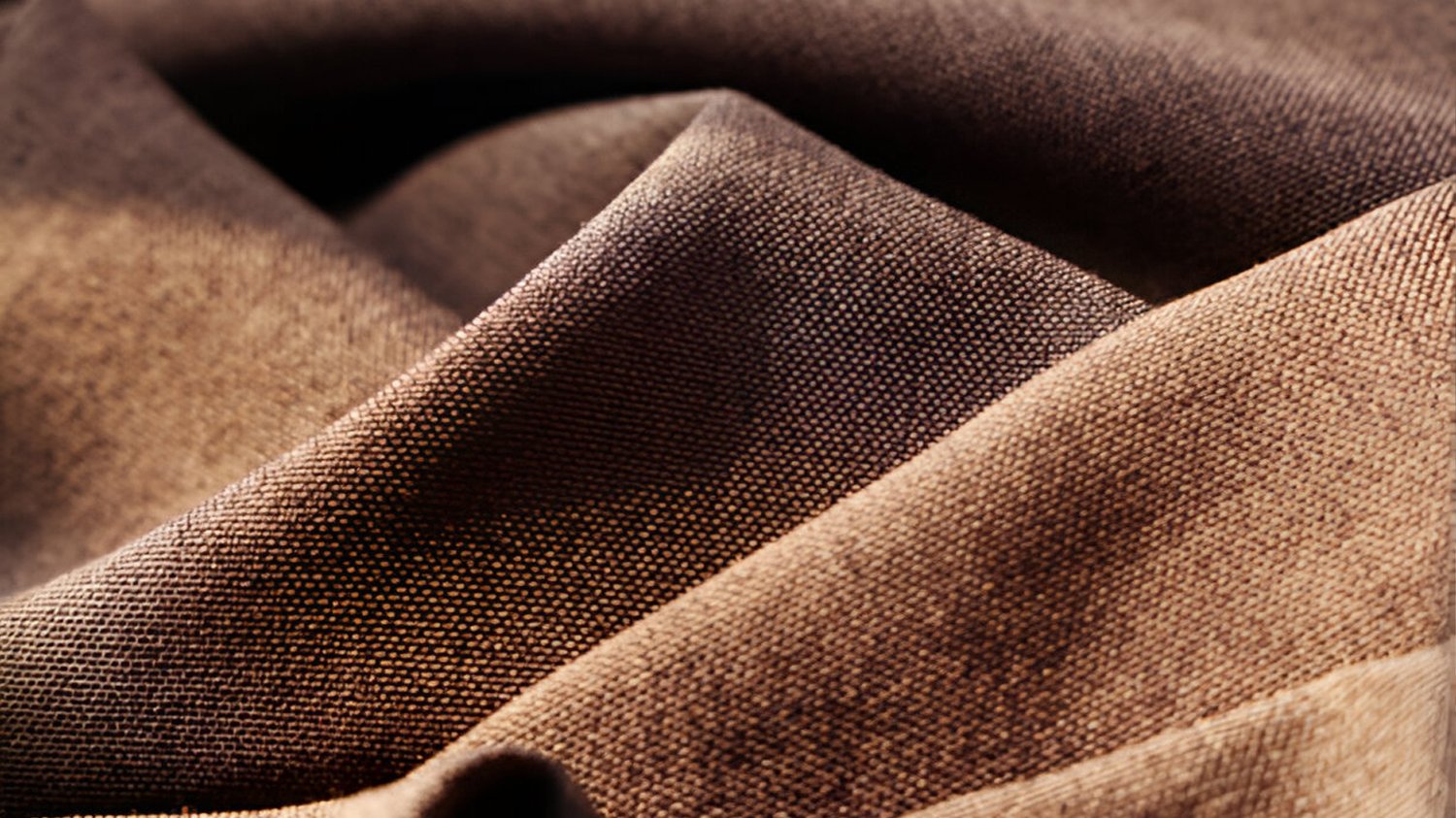Introduction
Functional fabrics are an emerging category of textiles that have been engineered to enhance performance and functionality. Unlike traditional fabrics, functional fabrics have features such as moisture-wicking, UV protection, and anti-odor properties, making them ideal for high-performance applications such as sportswear, outdoor apparel, and medical textiles. In this article, we will delve into the many benefits of functional fabrics and explore some of the innovative materials that are transforming the textile industry.
Moisture-Wicking Fabrics
Moisture-wicking fabrics are designed to pull moisture away from the body, thereby promoting evaporation and keeping the wearer cool and dry. These fabrics are typically made from synthetic materials such as polyester and nylon, which are hydrophobic and do not absorb moisture. In addition to keeping the wearer comfortable, moisture-wicking fabrics also help to prevent chafing and irritation caused by wet clothing rubbing against the skin.
UV-Protective Fabrics
UV-protective fabrics are woven with special fibers that block harmful ultraviolet rays from reaching the skin. These fabrics are commonly used in outdoor apparel such as hats, shirts, and pants, as well as in home textiles such as curtains and window shades. Some of the most effective UV-protective fabrics are made from natural materials such as cotton and bamboo, which have inherent UV-blocking properties.
Anti-Odor Fabrics
Anti-odor fabrics are treated with special coatings or infused with silver ions to prevent the growth of odor-causing bacteria. These fabrics are popular in athletic wear and other high-performance applications where odors can be a problem. Some of the most advanced anti-odor fabrics are designed to neutralize a wide range of odors, including body odor, pet odor, and cigarette smoke.
Thermal-Regulating Fabrics
Thermal-regulating fabrics are engineered to help maintain a stable body temperature in a variety of environments. These fabrics can either trap body heat to keep the wearer warm or dissipate heat to keep the wearer cool. Some of the most advanced thermal-regulating fabrics use phase-change materials, which can absorb or release heat as needed to maintain a comfortable temperature.
Stain-Resistant Fabrics
Stain-resistant fabrics are treated with special coatings that repel liquids and prevent stains from setting in. These fabrics are commonly used in home textiles such as upholstery and bedding, as well as in high-traffic areas such as restaurants and hotels. Some of the most advanced stain-resistant fabrics can repel a wide range of liquids, including oil, coffee, and wine.
Antibacterial Fabrics
Antibacterial fabrics are treated with special coatings or infused with silver ions to kill bacteria and other microorganisms. These fabrics are commonly used in medical textiles such as surgical gowns and bedding, as well as in high-traffic areas such as public transportation and schools. Some of the most advanced antibacterial fabrics can kill a wide range of harmful bacteria, including MRSA and E. coli.
Fire-Resistant Fabrics
Fire-resistant fabrics are woven from fibers that are inherently flame-resistant or treated with special coatings to make them fire-resistant. These fabrics are commonly used in industrial applications such as firefighting gear and in home textiles such as curtains and bedding. Some of the most advanced fire-resistant fabrics can withstand extremely high temperatures and provide protection against heat and flames.
Waterproof Fabrics
Waterproof fabrics are treated with special coatings or membranes that prevent liquid from penetrating the fabric. These fabrics are commonly used in outdoor apparel such as raincoats and hiking boots, as well as in home textiles such as shower curtains and tablecloths. Some of the most advanced waterproof fabrics are breathable, allowing moisture to escape from the fabric while preventing liquid from entering.
Smart Fabrics
Smart fabrics are a new category of functional fabrics that incorporate electronics and other advanced technologies into the textile itself. These fabrics can monitor vital signs, adjust temperature and lighting, and even communicate with other devices such as smartphones and smart homes. Some of the most advanced smart fabrics can store energy, allowing them to power small devices such as sensors and displays.
Conclusion
Functional fabrics are revolutionizing the textile industry, providing a wide range of benefits that were once thought impossible. From moisture-wicking and UV protection to antibacterial and fire-resistant properties, functional fabrics are enhancing performance and functionality in a variety of applications. With the development of smart fabrics, the possibilities for functional fabrics are truly limitless, and we can expect to see even more exciting innovations in the years to come.

